Music is something that is appreciated by almost everyone in the world. Whether we are at a concert, a party or just relaxing at home, the sound quality can make all the difference in our experience. Enter, hi-fi audio. This term is often used by audiophiles to describe the level of accurate sound reproduction that high-end devices provide. But what does it really mean? Well, hi-fi stands for high fidelity which refers to the level of precision and accuracy of sound that an audio system produces. This concept has become increasingly popular as more people realize the importance of having high-quality sound to truly appreciate music. So, whether you’re a music professional or just someone who enjoys listening to their favorite tunes, diving into the world of hi-fi audio might just open up a whole new world of sound for you.
What is Hi-Fi audio?
The components that contribute to this quality are a very low amount of distortion in the original audio signal and a high degree of precision in recreating the audible frequencies in audio. Such is the definition of “high fidelity” in the broadest sense.
Let’s look at this from a different angle. You’ve probably heard of lo-fi music before; if you haven’t, it’s a style that frequently incorporates jazz or hip-hop into its sound. However, in this case, we may ignore the specific instruments and concentrate on the overall sound.
Low-fidelity, or “lo-fi,” music is characterised by a murky, subaquatic atmosphere, sometimes augmented by the crackling and warping noises of a vinyl record. The instruments have an artificial or “broken” quality to them.
You might think of hi-fi as the antithesis of lo-fi. When compared to lo-fi, which is often regarded as having a dated, broken, and fuzzy quality, hi-fi is best defined as having a clear, clean, crisp, and distortion-free sound.
Pros and cons of Hi-Fi audio
Like anything in life, there are pros and cons to hi-fi audio. Take a look at these if you’re unsure whether or not switching to hi-fi audio would be worth it to you.
- Increased general quality of audio: With the advancements in audio technology, the general quality of audio has increased to a remarkable extent. The audio files that we listen to today are much crisper and clearer than they used to be. The high-fidelity audio allows you to hear even the tiniest details in the music, making the listening experience more immersive and enjoyable. The dynamics of the sound have become more apparent, giving the listener a sense of being in the same room as the musician. This shows how far we have come from the days of hissing tapes and crackling vinyl. Overall, the increased general quality of audio has certainly elevated the music listening experience to a whole new level.
- Improved accuracy: In the world of audio, there is nothing quite like the sound of high-resolution analog audio. Unlike lower resolution audio, analog audio is able to capture and reproduce the subtle sonic characteristics and soundstage of the original recording with incredible accuracy. Whether you’re listening to a vinyl record or a high-quality analog master, you can be sure that you’re getting the most authentic and true-to-life listening experience possible. With improved accuracy comes a heightened sense of immersion and realism that’s unmatched by any other type of audio. Whether you’re an audiophile or simply someone who enjoys high-quality sound, you owe it to yourself to experience the magic of analog audio firsthand.
- Leads to a better listening experience: Have you ever listened to a song that just didn’t sound right? Maybe the vocals were too soft or the bass was too overpowering. That’s because many audio systems can distort and alter the sound of the music we listen to. However, with a system that offers transparency and accuracy, you can experience the music as the artist intended it to be heard. Every instrument, every note, every nuance can be heard clearly, without any alterations or distortions. This leads to a better listening experience that truly allows you to appreciate the artistry and talent behind the music.
- Less common: Music streaming has become a staple in modern life. However, not all songs are available on every platform. Some tunes are exclusive to certain hi-fi platforms, such as Tidal. These songs may be less common, but their exclusivity adds an air of excitement and anticipation when they become available. For music connoisseurs, this limited availability makes the listening experience all the more special. So, while you may not find these songs on Spotify or Apple Music, their uniqueness adds a special element to the world of music streaming.
- Less compatible with popular music library software: If you are a lover of high-quality audio, then you might be disappointed with the limitations of popular music library software such as iTunes. These types of software are not designed to play audio at higher sample rates and bit depths, which means you’ll need to download special software to get the most out of your music. While this might seem like an inconvenience, it’s important to remember that quality is key when it comes to audio, and investing in the right software is worth it in the long run. So don’t let the limitations of popular music software hold you back from experiencing music in all its rich and full glory.
- Takes up file storage fast: With the abundance of audio being produced and shared online, it’s no surprise that audio files take up a considerable amount of space on our devices. As we create and download mp3, WAV, and other audio formats, we quickly realize how easily storage levels diminish. With the rise of podcasts, music streaming, and audiobooks, it’s more important than ever to ensure we manage our audio files effectively. While it can be frustrating to run out of storage space, it’s also a reminder of how much we treasure the audio we consume and create. So let’s take care of our audio files and enjoy the rich sounds and stories they have to offer.
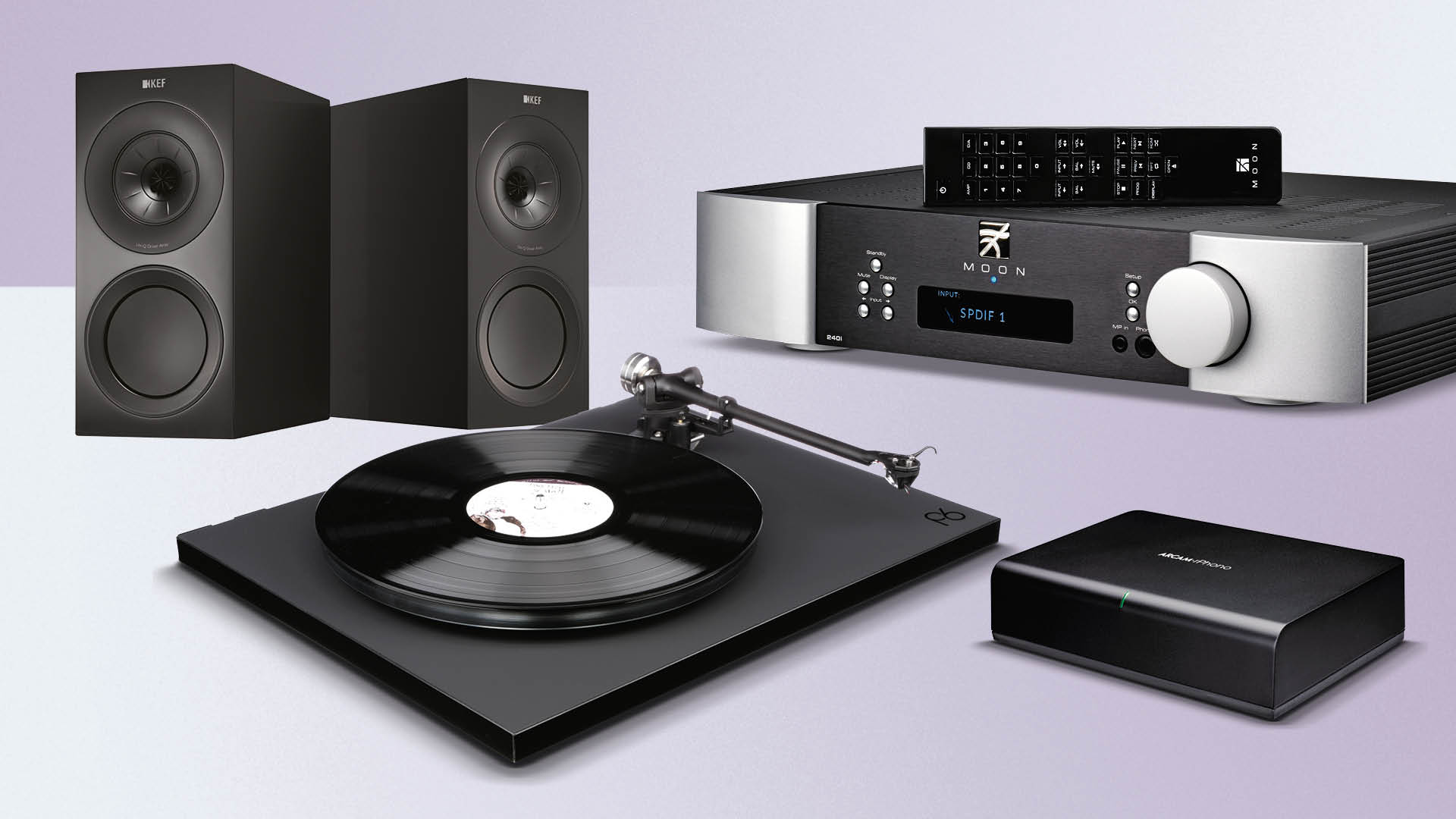
How do I get Hi-Fi audio?
For the best possible listening experience, you need a high-quality audio system that includes a powerful external amplifier and a DAC. When comparing specs, power, and responsiveness, a dedicated DAC stands head and shoulders above a DAC/amp combo. The audio signal is amplified by an external device after being converted from digital information to an analogue waveform. High-quality audio requires DACs and amplifiers, which both play an important role in the overall sound. The soundstage is expansive, the frequency response is flat, and there is no coloration of the audio stream in headphones made for audiophiles. Famous brands like Sony, Sennheiser, and Beyerdynamic all provide high-quality headphones that audiophiles may be able to acquire.

Hi-Fi Audio File Types
Listening to music is a sensory experience that can transport us to another world. However, the file type can greatly affect how the music sounds. MP3 and AAC may be convenient for on-the-go listening, but they are compressed files that have lost quality during encoding. WAV, on the other hand, is a lossless file format that provides high-resolution and accurate sound representation. With lossless audio files, one can hear every detail and nuance in the music as if they were in the studio with the artist. So, if you want to fully immerse yourself in your favorite songs, upgrading to lossless audio files may be worth considering.
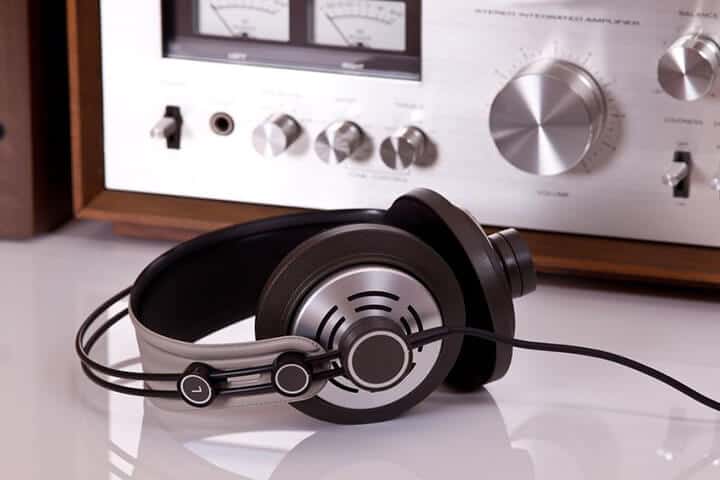
Let’s discuss audio file types that support hi-fi audio.
WAV (Waveform Audio File Format)
This is the format used to encode CDs. Due to their lack of compression, WAV files tend to have enormous file sizes and so consume a lot of space on your devices. Although WAV files are huge, the audio quality is excellent.
AIFF (Audio Interchange File Format):
To be specific, this is the WAV file format used on Macintosh computers. Similar to WAV files, the audio here is uncompressed, and they take up a lot of space in your storage, especially if you’re dealing with high-resolution audio.
FLAC (Free Lossless Audio Compression):
FLAC is a lossless audio compression format that can store high-quality music. FLAC files are around half the size of WAV files, so they take up less room on your gadgets. For these reasons, FLAC files are the format of choice among audiophiles. Keep in mind that Apple products are incompatible with it.
ALAC (Apple Lossless Audio Codec):
Apple’s equivalent of FLAC is called ALAC. It’s lossless, it maintains metadata, and it only takes up half the space of a WAV file. Since ALAC is an Apple-friendly alternative, it will play smoothly on your iOS devices and in iTunes.
DSD (Direct Stream Digital):
A high-quality audio format for Super Audio CDs that only uses one bit. Playback is limited on most PCs and mobile devices. The high sampling rate causes the file to be quite huge. If you need additional storage space, you can compress DSD files by as much as 60% without losing quality, depending on the original file.
MQA (Master Quality Authenticated):
A lossy audio format that outperforms FLAC in terms of sound quality while being significantly more compact. The files aren’t quite as compact as MP3s, but they still hold their own. Tidal Masters, a high-fidelity streaming service that employs the MQA file format, is not yet widely adopted.








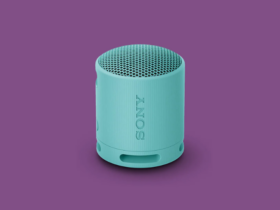
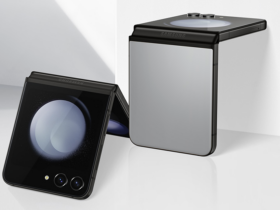





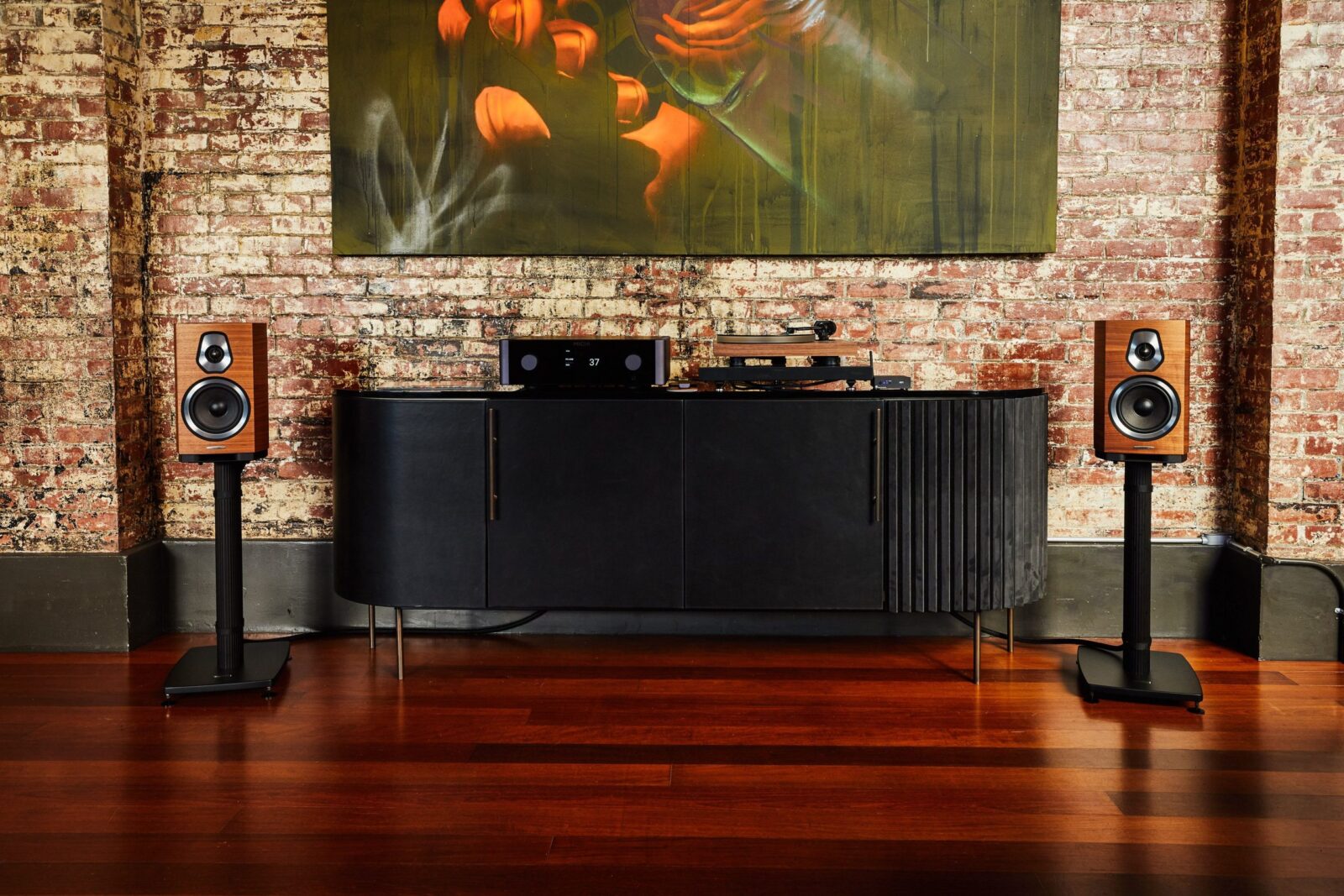


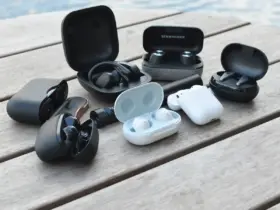


Leave a Reply